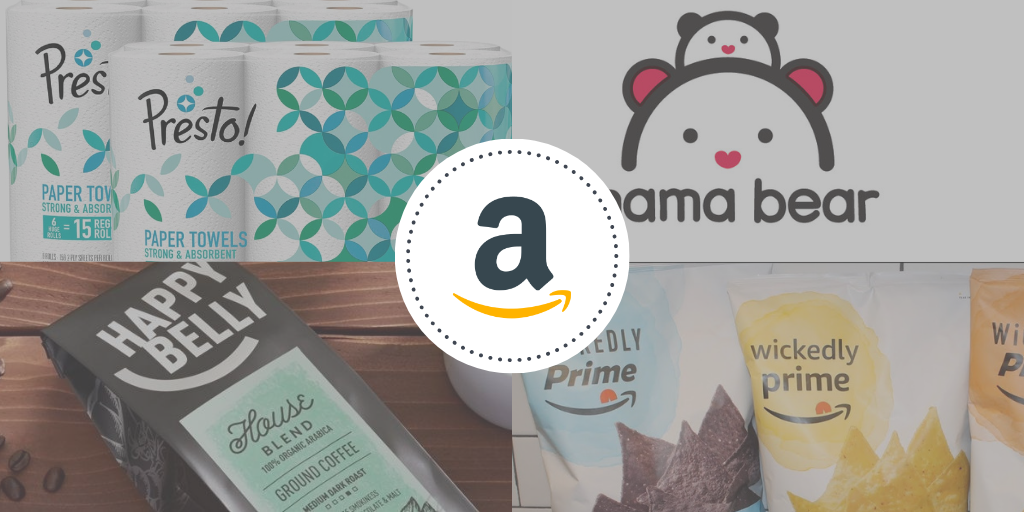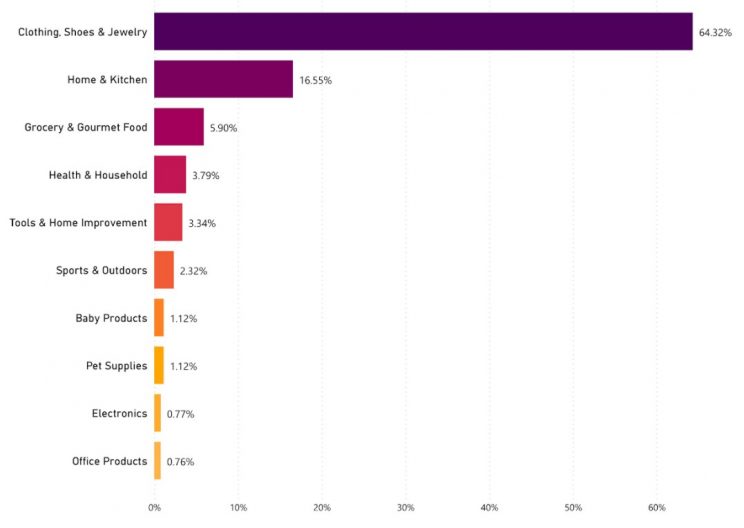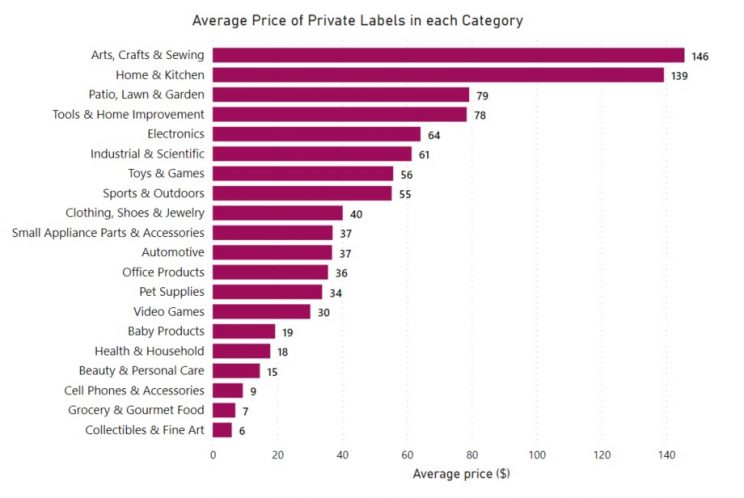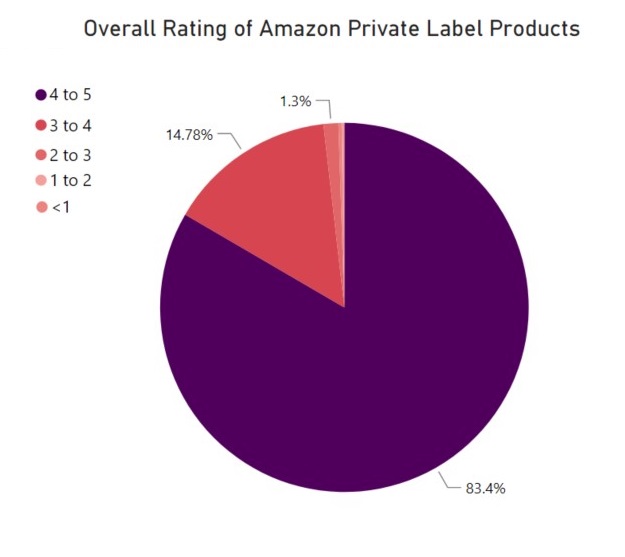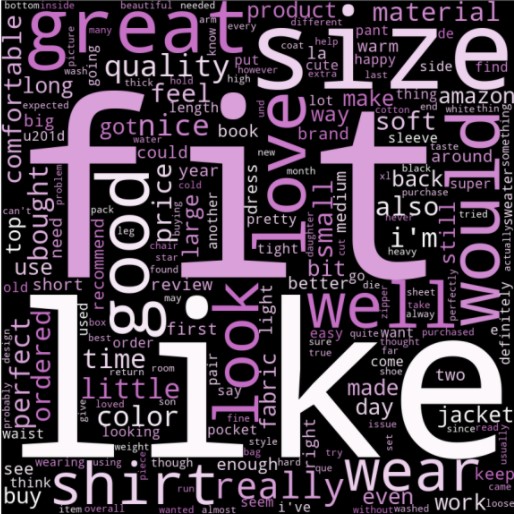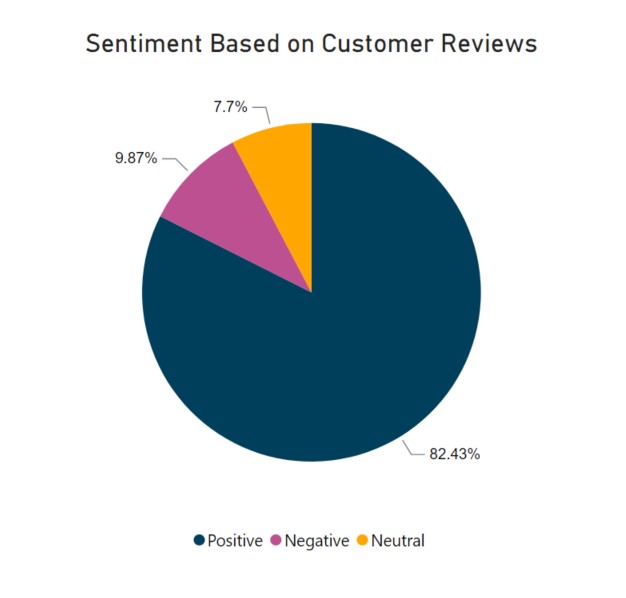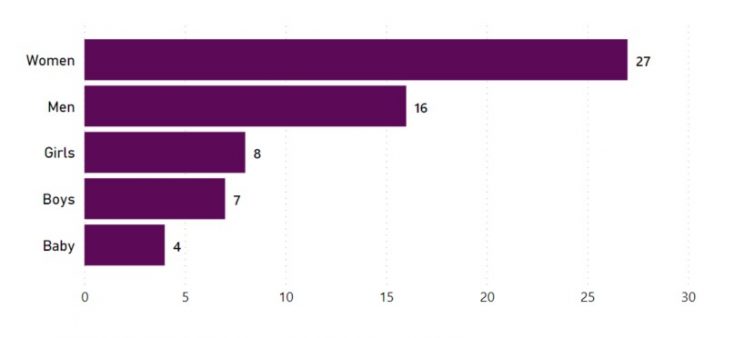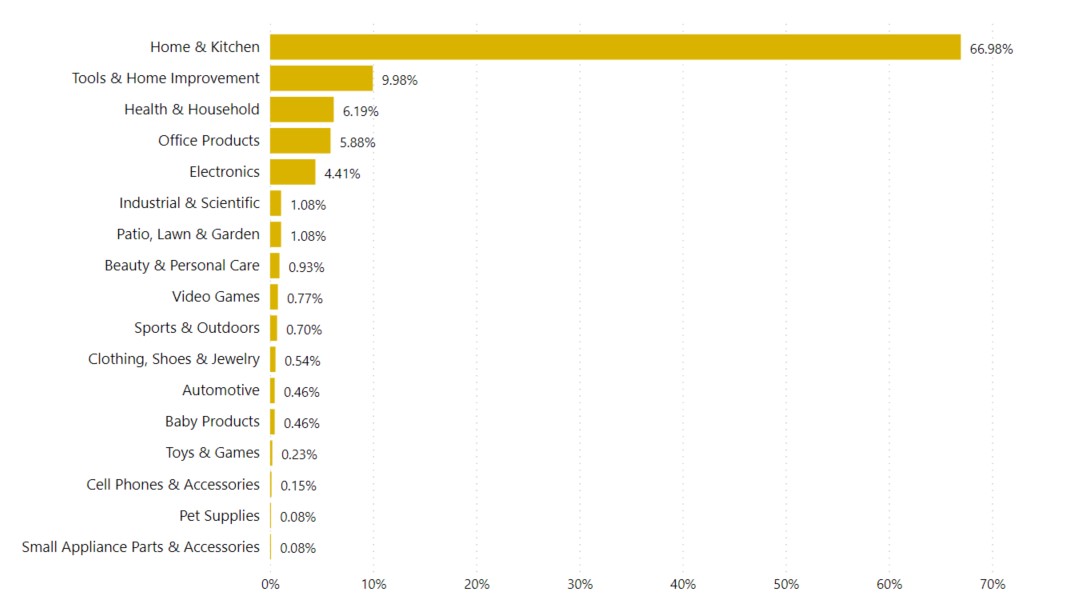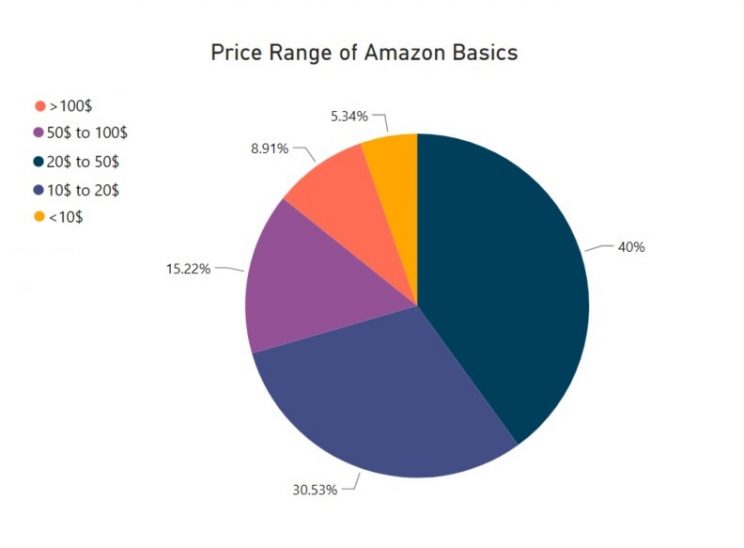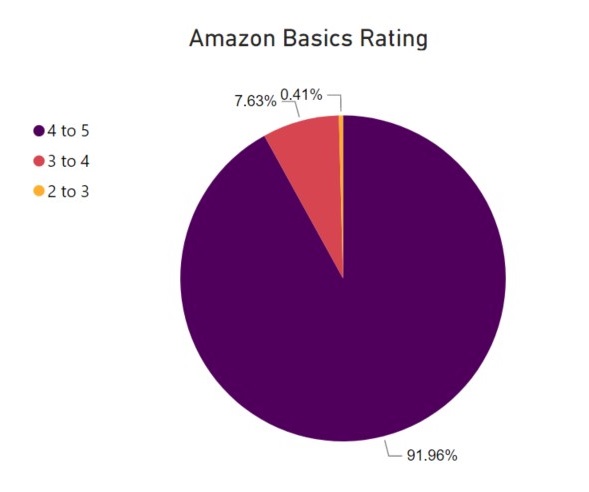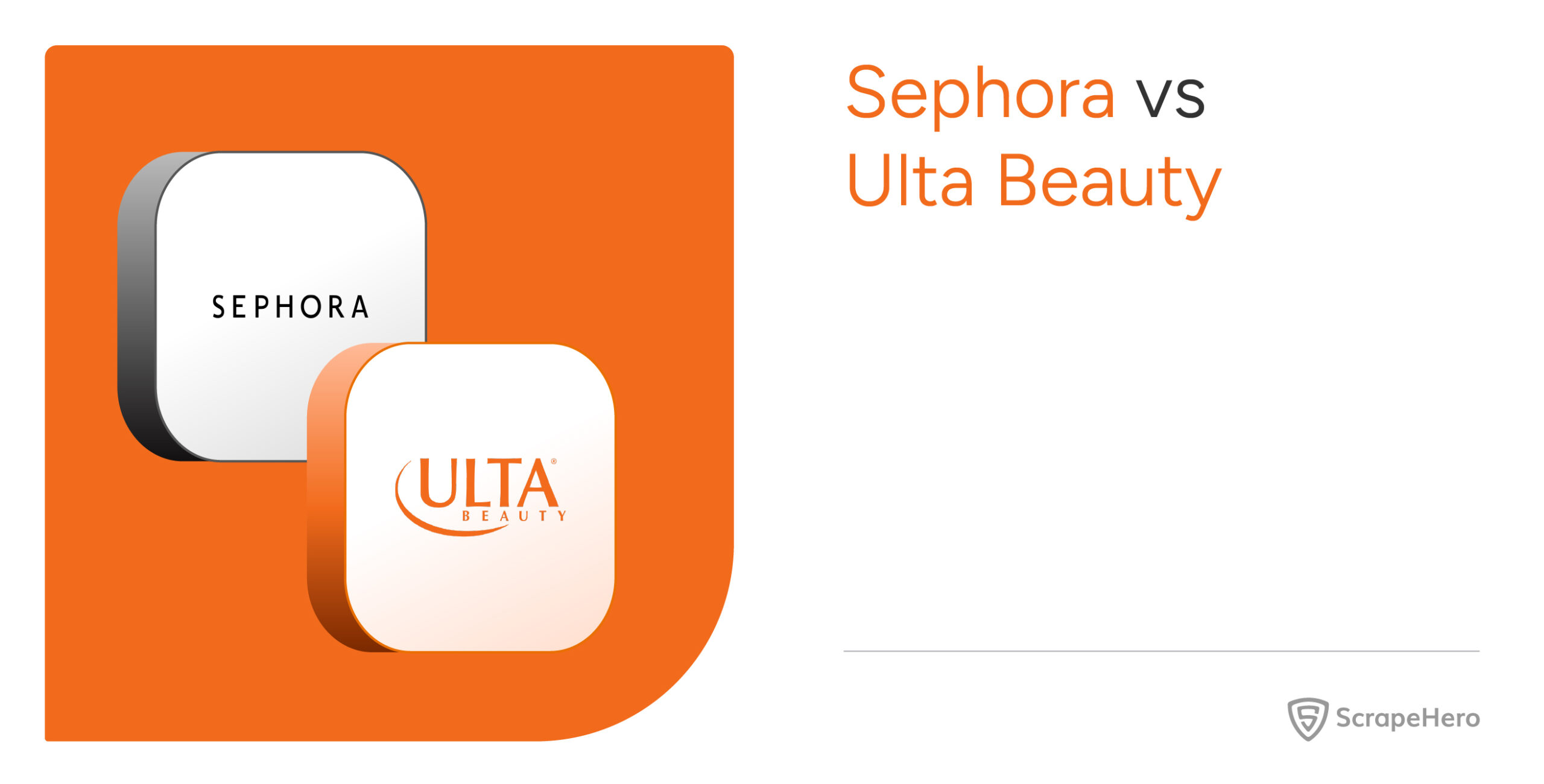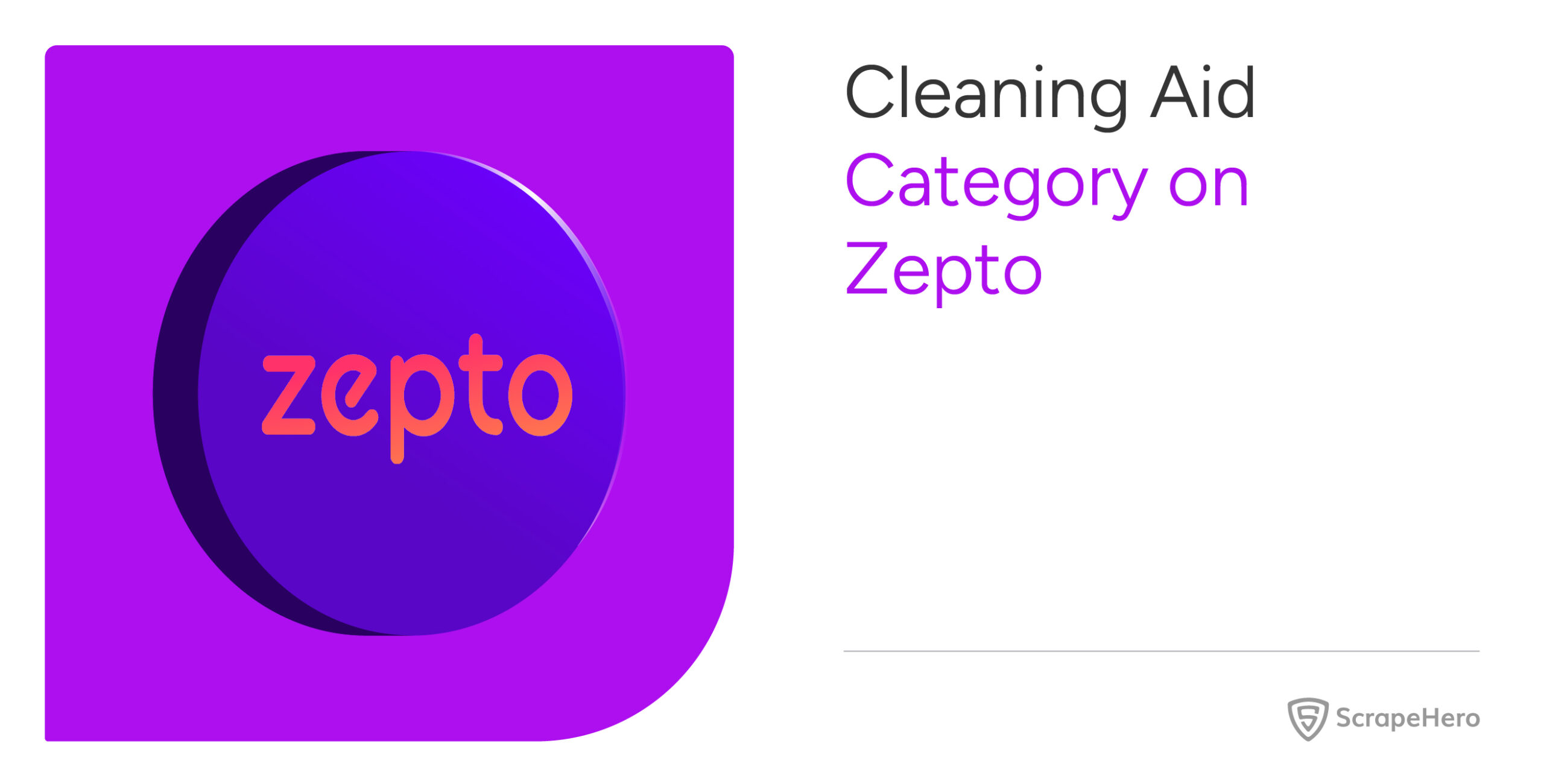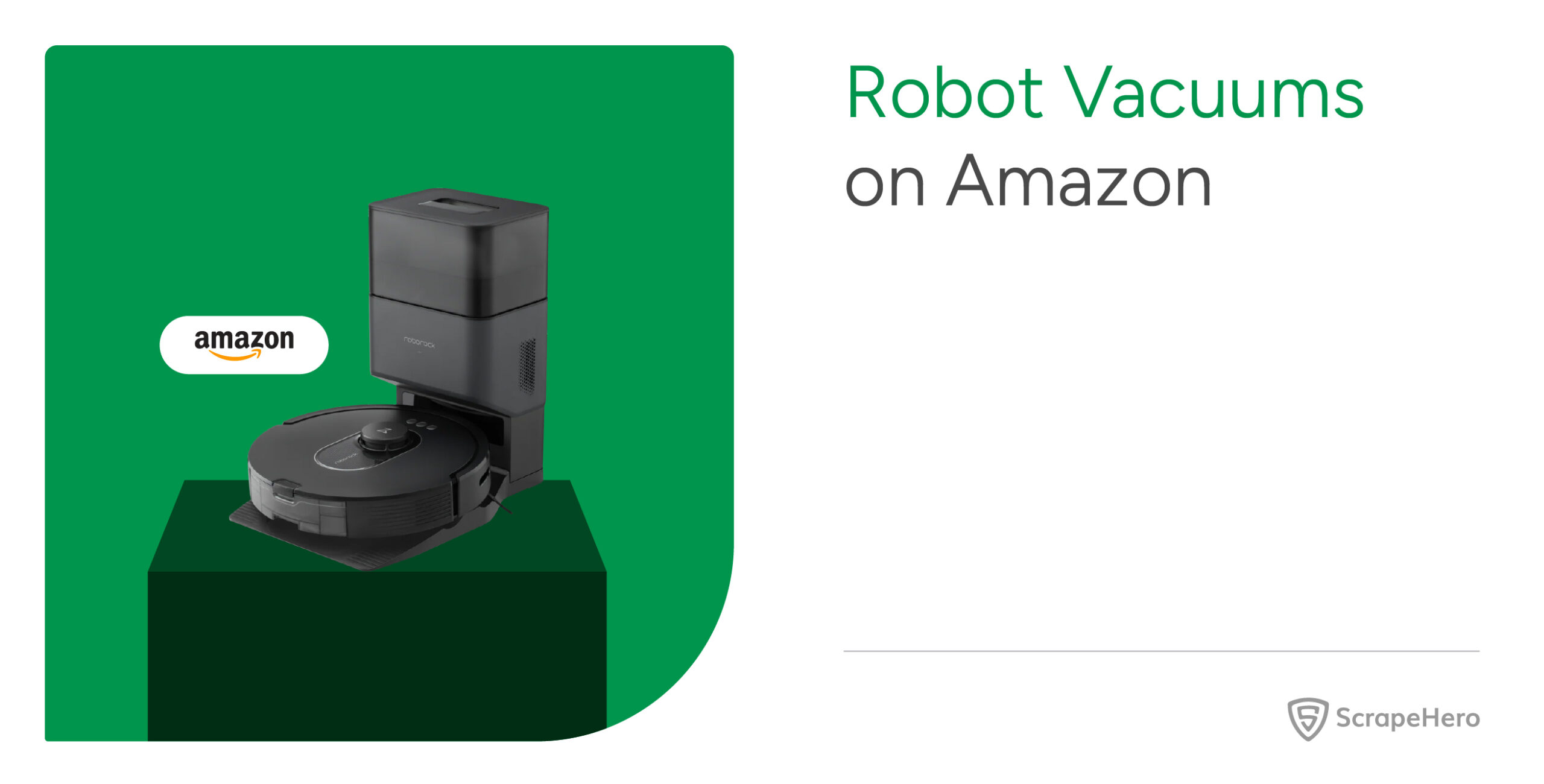Amazon has always been the middleman of online business by getting brands to sell on its site and letting shoppers pay for and receive items fast and efficiently. Its private label strategy is simple: offer the lowest prices on quality products, often knocking smaller merchants that only have one or two offerings, out of the market.
Amazon has launched a private label brand for almost all major categories such as electronics, apparel, even furniture. In addition to dominating online sales, Amazon also has the unique advantage of dominating organic searches, as over 50 percent of online product search results on major search engines are from Amazon.
According to TJI Research, Amazon now has 140 private labels and 234 exclusive brands in the U.S. alone. It is estimated that by 2022, the private label business alone could reach $25 billion annually.
Insights in Brief
- Amazon’s private-label offering contains 10,588 products as of June 2021.
- Amazon private label products have an average rating of 4.04.
- Amazon Basics (1,308) is the private label brand with the most number of products.
- Amazon sells 16,386 products under its Amazon Exclusive label.
- Walmart and Kroger have more private label products compared to Amazon.
Private Label Growth Trend
We found that Amazon’s private-label offering contains 10,588 products in June 2021. That is a 46% increase since June 2019.
Amazon Private Labels
Amazon’s private labels span numerous categories, but clothing accounts for the lion’s share with 6.7K products. Most of Amazon’s private-label brands provide fewer than 100 products.
For instance, the category ‘Healthcare and Beauty’, which targets a niche customer base, has a smaller product catalog. Whereas, generic brands such as AmazonBasics cover a larger set of categories and offer more than 2K products for sale.
The chart below shows the percentage of brands in each category. Clothing comprises 64.3% of brands, followed by ‘Home & Kitchen’ (16.5%) and ‘Grocery & Gourmet Food’ (5.9%).
How does Amazon price its Private Labels?
Amazon prices its private labels relatively low. The highest-priced category has an average price of $146. The majority of categories have an average price between $30 and $60.
Brands from the same company are priced far apart
Amazon also varies the pricing depending on the private label brand. Pinzon, a brand that has a collection of linens and towels, sells 2-pack of cotton bath towels for $32.64. Amazon also sells a similar 2-pack set under its Amazon Basics brand for $18.99.
This difference is significant considering the perceived relative quality and value of products from the same company.
Customer Satisfaction and Ratings of Amazon Private Labels
Amazon private label products have a decent average rating of 4.04 out of 5 stars with 83% of products rated between 4 and 5.
The clothing category has the most products, but many clothing brands fall below 4 stars. Only six clothing brands have an average rating above 4.5.
This probably implies that the quality of the clothing brands is not at par with the quality of other Amazon private-label categories.
How do customers feel about Amazon Private Labels?
Reviews and ratings are vital to online shoppers’ decision-making process, especially in private-label products, as they have to compete with well-established brands to get a better business reach. Some of the most commonly used words by customers in the review section can be seen in the word cloud below.
About 82% of the customers are happy with the products and gave good reviews. On the other hand, 9.87% are negative as they were not satisfied, and the rest, 7.7%, are neutral.
Amazon Private Labels: Women’s Clothing Analysis
Women’s clothing is an important category for Amazon and it continues to heavily invest in it. Women’s clothing brands account for more than 41% of Amazon’s private-label brands (and 53% of clothing brands).
One likely reason Amazon is moving into Women’s fashion is that higher-income women constitute an important segment of its customer base.
The chart below shows the distribution of brands across the clothing category
Amazon Basics
Amazon Basics is a largely commoditized line of basic essentials like batteries and chargers. The department coverage for Amazon Basics is impressive with the brand present in 22 categories.
Amazon Basics has a total of 1,308 products available on Amazon.com (as of June 2021).
With the data Amazon owns, it is easy for Amazon to gain profits by enhancing these products in search results and pricing them to sell. Psychologically, a customer is likely to buy a similarly rated brand that shows up higher in the results if it is also priced lower.
Amazon has also expanded its Basic Care line with products in the Baby, Beauty & Personal Care, and Health & Household categories.
Price and Rating Breakdown for Amazon Basics
Amazon Basics Pricing:
75% of Amazon Basics products are priced under $50 and the average price of an Amazon Basics product is $45.61.
Amazon Basics is favorable for money-conscious consumers, which can be challenging for other sellers. If a certain product line becomes too successful, Amazon is likely to create their own private label version of the products, thereby increasing the competition faced by the sellers.
Amazon Basics Rating:
The pie chart below shows the number of products within a range of ratings.
More than 98% of products are rated 3 and above. Whereas, around 91% of products have a rating between 4 to 5 stars. This shows that even though Amazon Basics products are pocket-friendly, they do not compromise when it comes to quality.
Expansion of Amazon Exclusive
Lately, Amazon has shifted its focus from private label to exclusive brands. Under the “Amazon Exclusive” tag they allow outside brand manufacturers to sell their products exclusively through Amazon. The e-commerce giant has been relying on established brand manufacturers to create in-house brands, as creating private label brands is too costly and time-consuming. Brands that work with Amazon get their products marketed by Amazon for free and get prioritized in search results.
Amazon offers 16,386 products under its Amazon Exclusive brands. The most number of products are under the category ‘Food’, followed by ‘Healthcare and Beauty’ and ‘Furniture’.
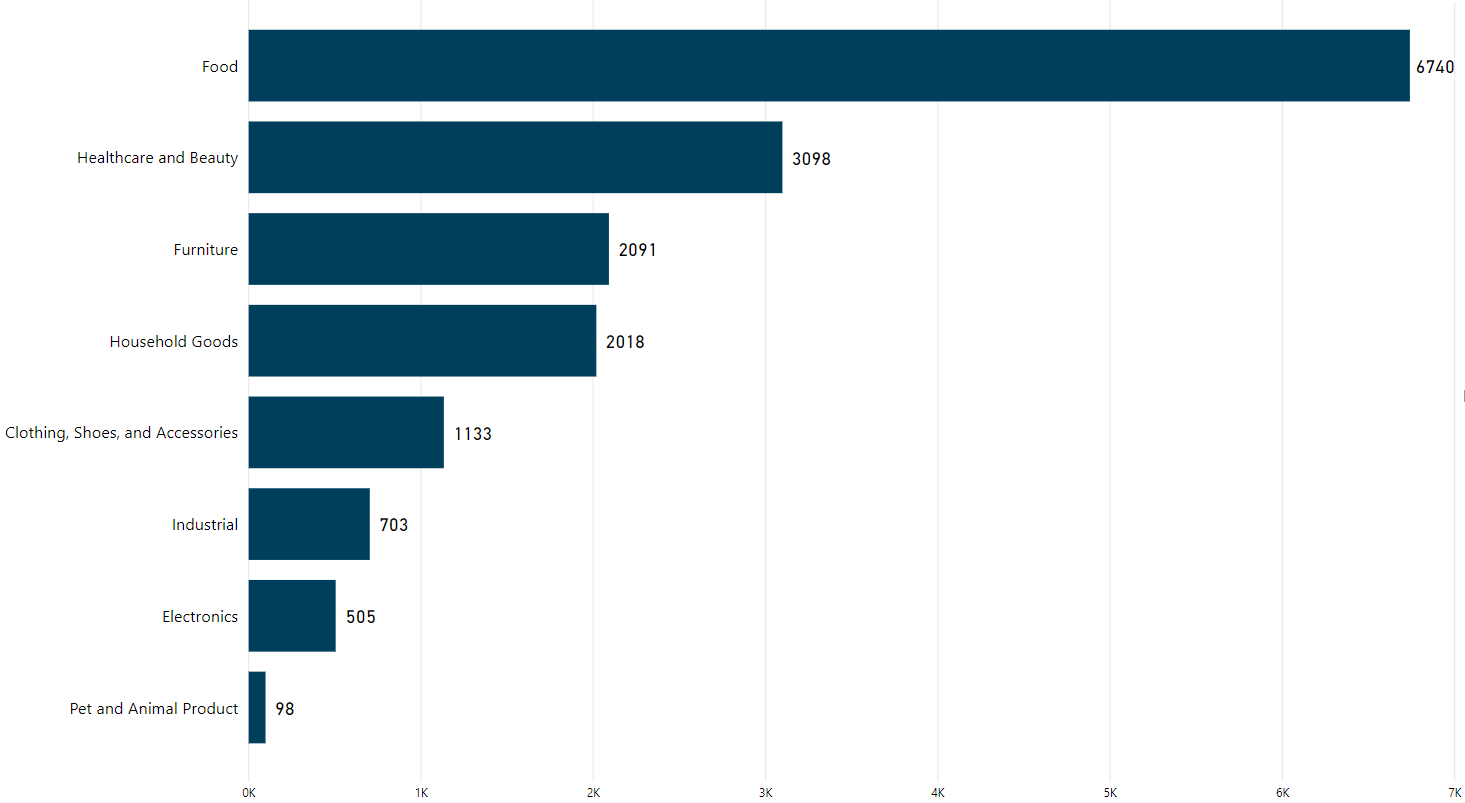
What’s Next for Private Labels
After decades of e-commerce dominance and consumer data collection, Amazon knows exactly when, why, and how people are buying. It appears to be using that intelligence to kick its private-label launches into high gear. Customers are prioritizing price in their buying decisions, and Amazon is trying to offer products similar to their brand competitors at a reasonable value. This has led them to venture into new services such as Amazon Storefronts, Launchpad and Handmade.
While most brands struggle to identify products that could end up being successful, Amazon already knows what is successful and with its market dominance ensures that the products they do launch end up being commercial successes.
Amazon private labels have a huge opportunity for growth. If executed right, private labels can produce potentially high margins. But they are facing competition from Walmart (29,153 products) and Kroger (more than 8,000 products) who currently sell more private label products than Amazon.
For a full list of Amazon private labels and other valuable data to be gathered from a variety of websites, contact us on the form below.
We can help with your data or automation needs
Turn the Internet into meaningful, structured and usable data
